The Yokohama Triennale, one of Japan’s most prestigious contemporary art exhibitions, has long been a platform for artists to engage with pressing global issues. This year’s theme, "Ocean Plastics," has drawn significant attention for its urgent environmental focus. Artists from around the world have contributed works that not only highlight the crisis of plastic pollution in our oceans but also delve into the material origins of the very waste they critique. The exhibition serves as both a visual spectacle and a sobering reminder of humanity’s impact on marine ecosystems.
Walking through the galleries, visitors encounter installations that transform discarded plastic into hauntingly beautiful sculptures. One standout piece is a massive whale skeleton, meticulously constructed from thousands of plastic bottles collected from beaches across Southeast Asia. The artist behind this work spent months tracing the origins of these bottles, uncovering a tangled web of consumer habits, corporate responsibility, and global waste management failures. The accompanying documentation reveals how single-use plastics travel from urban centers to remote coastlines, persisting in the environment for centuries.
Another striking installation features a series of translucent panels made from melted-down fishing nets. These nets, often abandoned or lost at sea, are among the most deadly forms of plastic pollution for marine life. The artist collaborated with local fishermen to recover these nets, then processed them into eerie, wave-like forms that seem to float mid-air. The project’s research phase uncovered disturbing patterns: many of these nets originated from industrial fishing operations, where the sheer scale of production makes accountability nearly impossible. The work challenges viewers to consider the hidden costs of their seafood consumption.
The Triennale also includes several data-driven pieces that map the journey of plastic waste across oceans. One such work uses real-time satellite data to visualize the Great Pacific Garbage Patch, with projections that shift as visitors approach. The artist team sourced information from oceanographic studies and waste tracking initiatives, revealing how plastic debris circulates in massive gyres, breaking down into microplastics that infiltrate the food chain. The installation’s interactive element allows viewers to "follow" a single piece of plastic from a supermarket shelf to the middle of the ocean—a journey that might take decades but has lasting consequences.
What makes this exhibition particularly powerful is its emphasis on material provenance. Rather than simply displaying plastic waste as abstract environmental symbols, the artists have painstakingly investigated where these materials came from, who discarded them, and how they ended up in the ocean. This forensic approach transforms each piece into both artwork and archive. For instance, one series of wall-mounted assemblages incorporates plastic items recovered from specific beaches, each labeled with its country of manufacture, estimated age, and chemical composition. The result is a global portrait of negligence, with contributions from nearly every industrialized nation.
The educational aspect of the exhibition extends beyond the artworks themselves. Accompanying workshops invite participants to examine their own plastic consumption through the lens of these artworks. Visitors can sort through samples of ocean plastic, learning to identify different polymer types and their degradation patterns. These hands-on sessions drive home the exhibition’s central message: that every piece of plastic ever made still exists somewhere in our environment. The curators have also compiled a comprehensive database tracing the supply chains behind common plastic products, revealing how multinational corporations contribute to the crisis while avoiding responsibility.
Critics have praised the Triennale for avoiding simplistic environmental messaging. Instead of relying on shock value or guilt-tripping, the exhibition presents plastic pollution as a complex systemic failure. The artworks acknowledge that solutions require changes at every level—from individual habits to international policy. Several pieces explicitly address the limitations of recycling, debunking the myth that proper disposal can solve the problem. One particularly provocative installation features a mountain of "recycled" plastic pellets beside video footage showing how these materials often end up being shipped to developing countries with lax environmental regulations, effectively becoming someone else’s problem.
As the Triennale continues to attract international attention, its impact extends beyond the art world. Marine biologists and environmental activists have used the exhibition as a platform for discussions about policy changes. The opening symposium featured scientists presenting research on plastic’s effects on marine ecosystems alongside artists explaining their creative processes. This interdisciplinary approach has fostered unexpected collaborations, with several artists now working directly with ocean conservation groups to create awareness campaigns based on their Triennale pieces.
The "Ocean Plastics" theme resonates particularly strongly in Yokohama, a port city with deep historical ties to the sea. Local residents have responded enthusiastically to the exhibition, with many volunteering to participate in beach cleanups organized in conjunction with the event. The Triennale has effectively bridged the gap between global environmental concerns and community action, proving that art can be both a mirror reflecting our failures and a catalyst for change. As visitors exit the final gallery, they encounter a simple question projected on the wall: "Now that you’ve seen where it ends up, where does your plastic begin?"

By James Moore/Apr 12, 2025
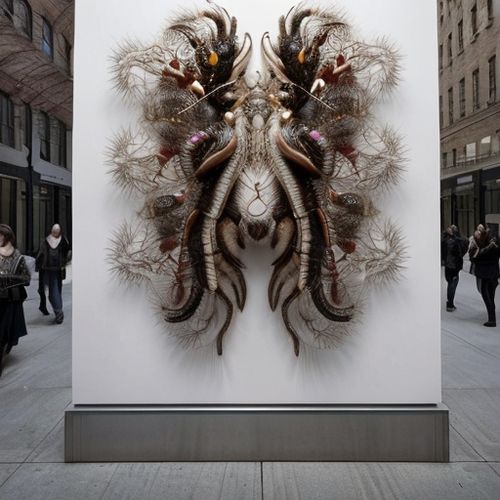
By Grace Cox/Apr 12, 2025

By Ryan Martin/Apr 12, 2025

By Lily Simpson/Apr 12, 2025

By William Miller/Apr 12, 2025

By Michael Brown/Apr 12, 2025

By Laura Wilson/Apr 12, 2025
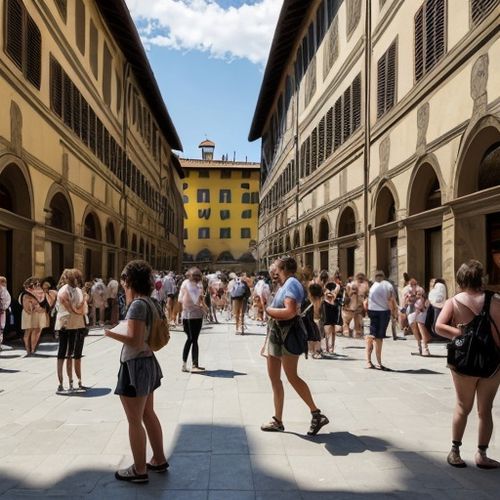
By Emma Thompson/Apr 12, 2025

By James Moore/Apr 12, 2025

By Emma Thompson/Apr 12, 2025
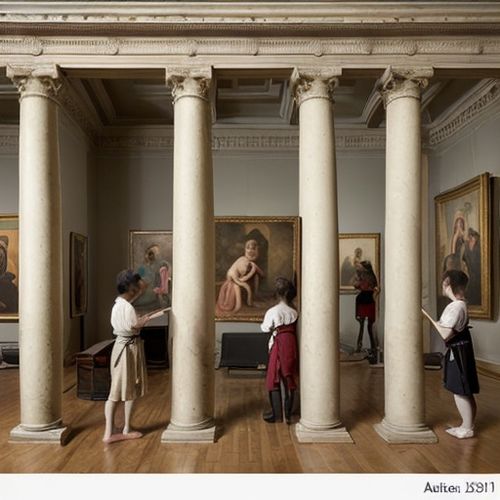
By Ryan Martin/Apr 12, 2025
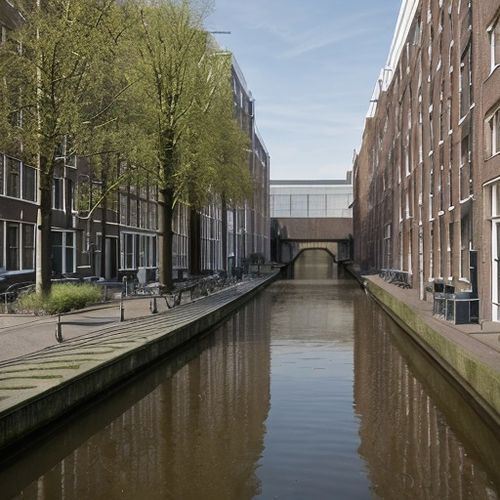
By Victoria Gonzalez/Apr 12, 2025

By William Miller/Apr 12, 2025
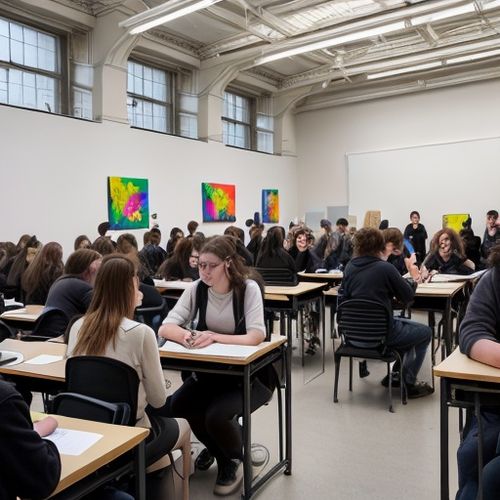
By Grace Cox/Apr 12, 2025

By Sophia Lewis/Apr 12, 2025
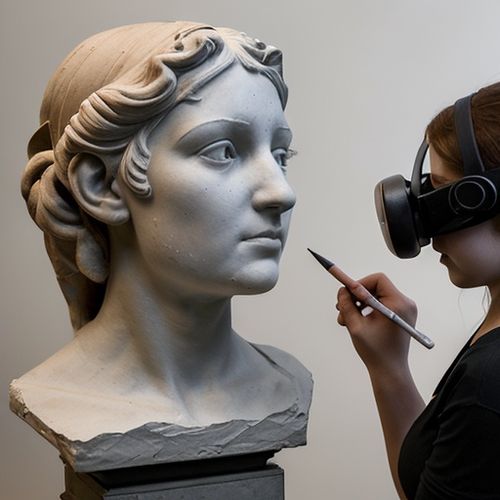
By Amanda Phillips/Apr 12, 2025
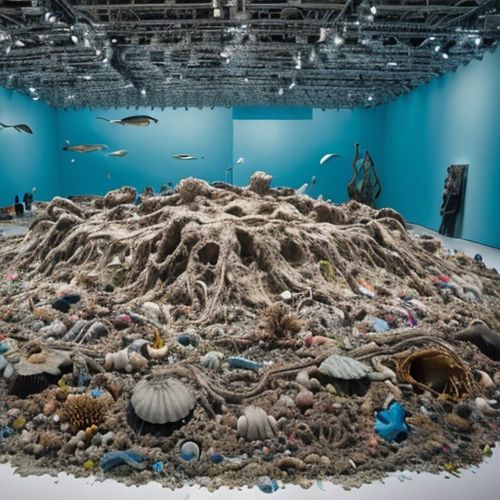
By William Miller/Apr 12, 2025
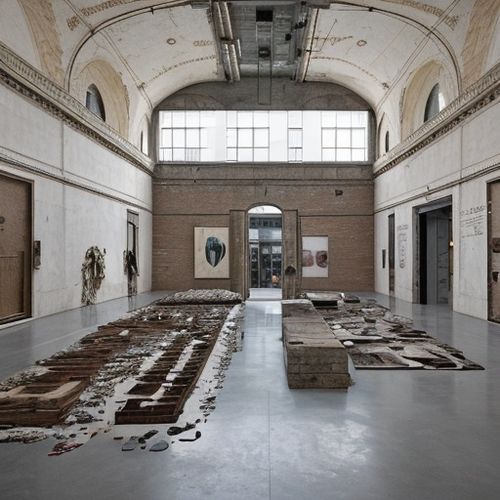
By Sarah Davis/Apr 12, 2025
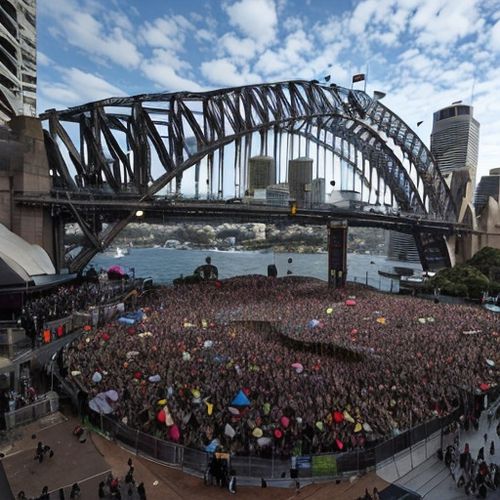
By Jessica Lee/Apr 12, 2025
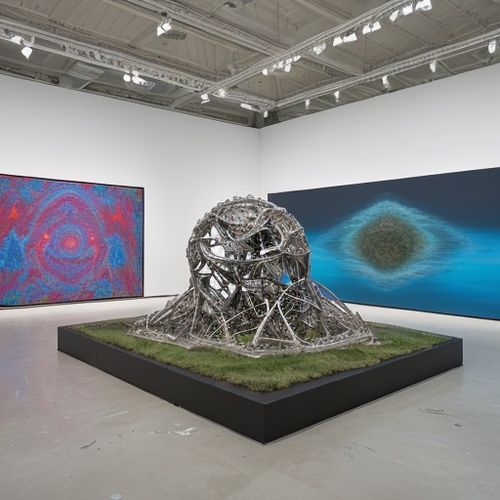
By Emma Thompson/Apr 12, 2025